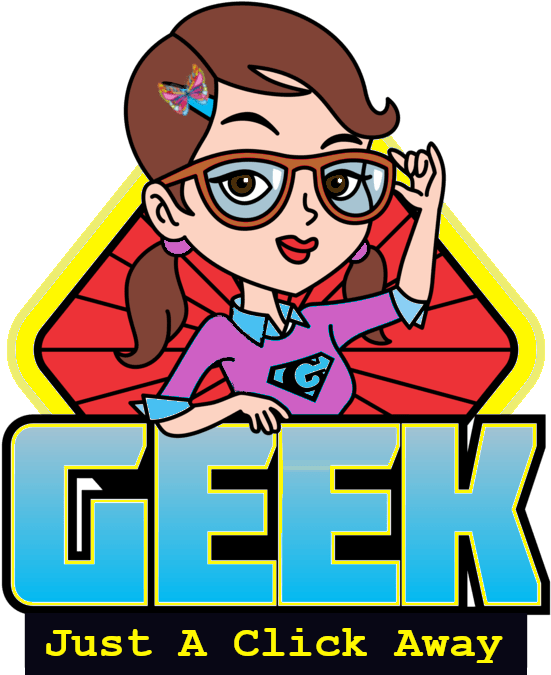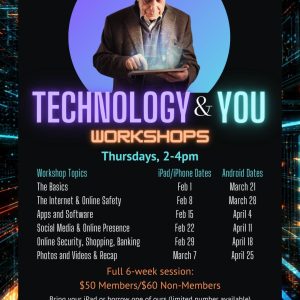
We are thankful to be bring back our Ask a Tech Geek series. It has been several months since we last saw our Tech Geek’s posts and she is looking forward to answering your questions. If you have a question you like answered by our resident Tech Geek, there is information on how to send her a question at the bottom of this page.
This week we will be discussing Emojis. We all see them and use them but some still have questions.

I hear about emojis all the time and see them in messages sent to me. What are emojis and what are they for?
Before the pictorial emojis appeared on the screen people used text symbols to express emotions when they texted, emailed or messaged. In some ways it was based on the same precept of the symbols for Hugs 00 and Kiss XX.
In this digital era, where communication is done more online with less facial interaction, it is away to express ones emotions to help share how one feels, about what is written or read as well as to convey information. It also helps share how you feel about a situation, person or object in addition to creating a fun way to communicate with other.

In the beginning to express emotion in the digital world, one would type a group of symbols, called text icons also known as emoticons, creating the appearance of facial expressions. For example :), would represent happy whereas ^_~ would be a winky face or :(, would be a sad face. Over time and with great imagination emoticons became more intricate and detailed.
In 1999, while working on an earlier version of a mobile internet platform, a Japanese artist named Shigetaka Kurita. created the first emoji. Her idea was to find a simple, concise and attractive way to convey information. For example instead of typing out cloudy, a digital image of a cloud would represent this. She created 176 emojis. Since the main purpose was to share information, symbols dominate the first group of emojis. There were characters to show the weather (sun, clouds, umbrella, snowman), traffic (car, tram, airplane, ship), technology (landline, cell phone, TV,etc).

The popularity of Emojis in Japan led to competing companies to create different and better versions. As mobile technology exploded in the early 2000’s emojis caught the eye of companies like Apple, who found ways to implement them into their software. This created the beginning to the visual language we see today.
Emojis are more than a millennial fad; it is the new visual language and a hallmark of how people communicate in this digital era. Emojis are growing into a new and exciting way to communicate. Like language it is always evolving across time, ⌚devices💻📱 and cultures🧔🏻 and help influence digital conversations . It is the dawn of an international language which consists of a common core and different dialects. As emojis are used in combinations they have become the 21st century form of Morse Code or shorthand for the digital age.
Here are some samples of how emojis are used to communicate:

With the all that has been going on in the last 10 month Emoji Pictionary games started to become the big hit on Social Media websites. They are ways to spend time having fun with those you are not able to see.

Don’t feel intimidated by Emojis they are for everyone; have some fun with it. Be creative and try to make your own digital shorthand to share with friends.
👀 👦🏻⏭⌚ (see you next time)
If you have a question you would like to have answered. Here are three ways you can ask.
- Leave a comment on this post,
- Use our Send a Message page
- Email our Geek at techgeek@wallaceburgadultactivitycentre.ca
Till next time stay safe, stay healthy and most of all stay positive.
Your Resident Geek.🤓





